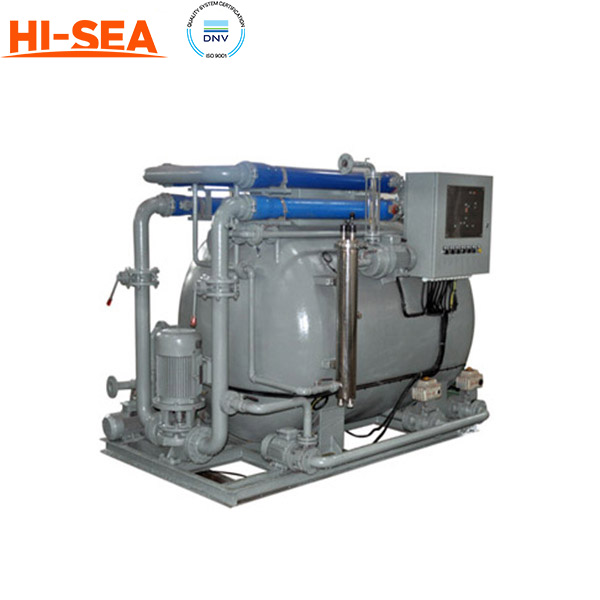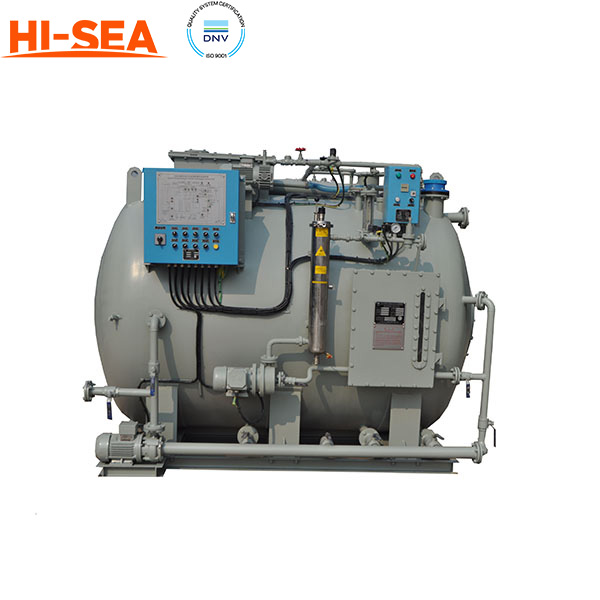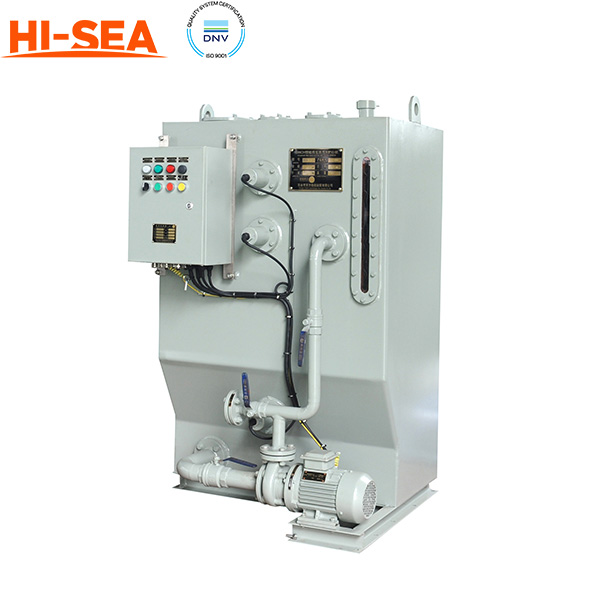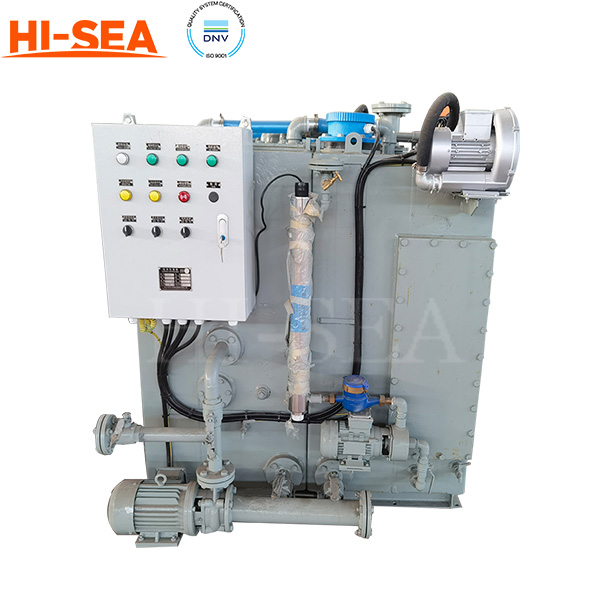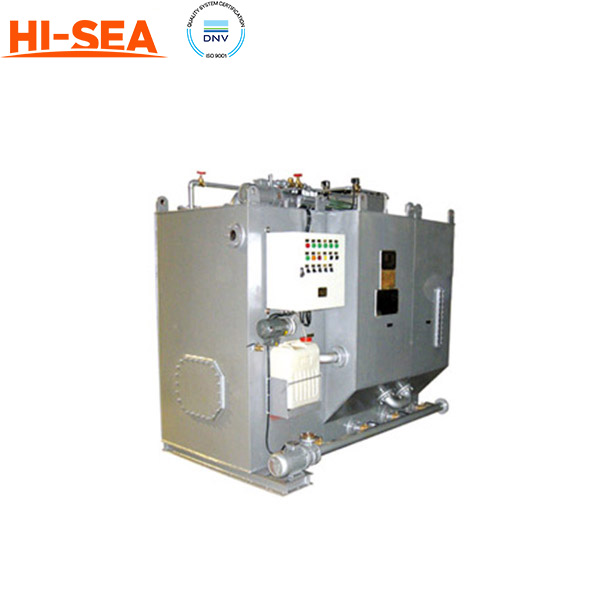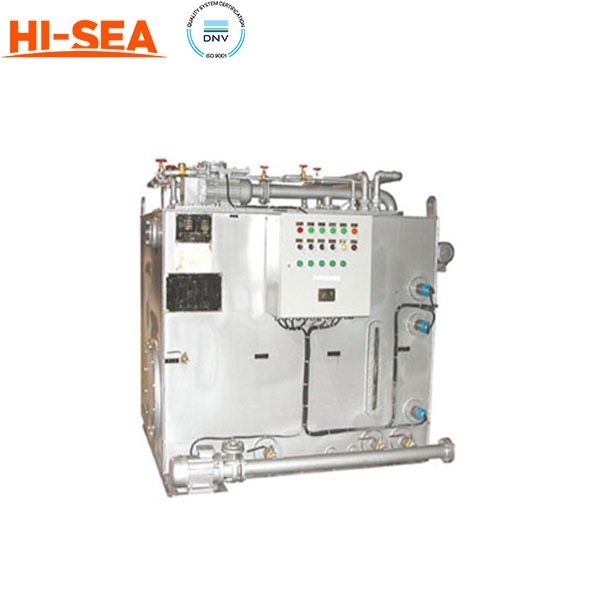MARINE & OFFSHORE EQUIPMENT
- Dredging Equipment
- Marine Deck Machinery
-
Marine Mooring Equipment
-
Marine Anchor
- AC-14 HHP Anchor
- Admiralty Anchor
- Beldt Stockless Anchor
- Bruce Anchor
- Spek Anchor
- Danforth HHP Anchor
- Delta High Holding Power Anchor
- GB11579-89 Light Weight Anchor
- Hall Anchor
- High Holding Power Mastrosov Anchor
- Hot Dip Galvanized Anchor
- Japan Stock Anchor
- JIS Stockless Anchor
- Pool Anchor
- Single Fluke Anchor
- Stainless Steel Anchor
- Stevpris MK5 Anchor
- Stingray Anchor
- US Navy Stockless Anchor
-
Marine Anchor Chain
-
Marine Shackle
- Kenter Shackle
- D Type Joining Shackle
- Pear Shaped Shackle
- Anchor Swivel Shackle Type A
- Anchor Swivel Shackle Type B
- Buoy Shackle Type A
- Buoy Shackle Type B
- C Type Detachable Connecting Link
- D Shackle
- Forelock Shackle
- Anchor Chain Swivel Group
- Straight Shackle
- Anchor Shackle
- Marine Triangle Plate
- Anchor Chain Swivel
- Anchor Chain Joining Shackle
- Anchor Chain End Shackle
- Slim Kenter Shackle
-
Chain Chaser
-
Marine Bollard
-
Marine Chock
-
Marine Fairlead
-
Marine Chain Stopper
-
Marine Mooring Reel
-
Marine Towing Bracket
-
Mooring Rope
-
Marine Towing Hook
-
Marine Shark Jaw
- Marine Fender
-
Marine Buoy
- Marine Floating Pontoon Dock
-
Marine Anchor
- Aquaculture Equipment
- Marine Outfitting Equipment
- Marine Propulsion System
-
Marine Painting
-
Marine Auxiliary Machinery
- Marine Air Compressor
- Marine Air Receiver
- Marine Sewage Treatment Plant
-
Marine Diesel Generator Set
- Marine Oil Water Separator
- Ballast Water Management System
- Marine Hydrophore
- Marine Calorifier
- Seawater Desalination Plant
-
Marine Oil Separator
- Marine Fuel Oil Supply Unit
- Marine Heat Exchanger
-
Marine Hot Well Unit
-
Marine Incinerator
-
Marine Boiler
-
Marine Valve
- JIS Marine Valve
- DIN Marine Valve
- ANSI Marine Valve
- GB Marine Valve
- CB Marine Valve
- CBM Marine Valve
-
Marine Gate Valve
-
Marine Globe Valve
-
Marine Angle Globe Valve
-
Marine SDNR Valve
-
Marine Angle SDNR Valve
-
Marine Check Valve
-
Marine Storm Valve
-
Marine Butterfly Valve
-
Marine Quick Closing Valve
-
Marine Fire Valve
-
Marine Self Closing Valve
- Marine Valve Accessories
-
Marine Pump
- Marine Centrifugal Pump
- Marine Screw Pump
-
Marine Gear Pump
-
Marine Vortex Pump
-
Marine Ejector Pump
-
Marine Diaphragm Pump
-
Marine Piston Pump
-
Marine Fire Pump
-
Marine Emergency Fire Pump
-
Marine External Fire Pump
-
Marine Ballast Water Pump
-
Marine Fuel Pump
-
Marine Lubricating Oil Pump
-
Marine Bilge Pump
-
Marine Sewage Pump
-
Marine Domestic Water Pump
-
Marine General Pump
-
Marine Cargo Oil Pump
-
Marine Hand Pump
- Marine Pump Parts
- Marine Life-saving Equipment
- Fire-fighting Equipment
- Marine Cable
- Marine Electrical Equipment
- Marine HVAC
-
Labour Protection Appliance
- Marine Decorative Material
-
Marine Anode
- Marine Pipe Fitting & Flange
- Marine Instrument
- Ship Building Equipment
INDUSTRY EQUIPMENT
- Hoisting Equipment
- Welding Machine & Material
-
Cutting Machine
- Container Securing Fitting
- Link Chain
- Container & Storage Equipment
-
Diesel Generator Set
- Other Equipment and Tools
- Petrochemical Equipment
- Fiber Reinforced Plastics
- Polymer Materials
- Environmental Protection Series
- Geo-products and Building Materials
- Metal Mesh
- Steel Grating
-
Earthwork Teeth
-
Turnbuckle
STOCK LIST
Contacts
 Tel:+86-23-67956606
Tel:+86-23-67956606
 FAX:+86-23-67956622
FAX:+86-23-67956622
 Email:manager@cqhisea.com
Email:manager@cqhisea.com
Working Time: 9:00--17:00
Working Day: Monday to Friday Website: www.cqhisea.com

Marine Sewage Treatment Plant
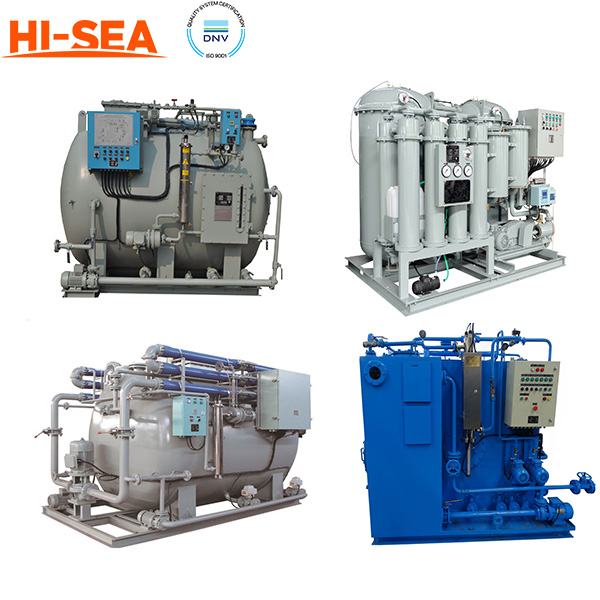
Marine Sewage Treatment Plant
1. The Importance to Install a Sewage Treatment Plant
With the continuous development of the shipping industry and marine development, the pollution of the marine environment has become more and more serious, and human beings have paid more and more attention to marine environmental protection. The marine sewage treatment device is a special treatment device installed on the ship in order to prevent the sewage generated by the ship from polluting the waters. Marine Sewage Processors are mainly divided into black water(sewage containing fecal matter) and black gray water(All sewage including black water) types.
Marine Sewage Treatment Plant belongs to the key devices for prevention of pollution form ships in seas and oceans according to the revised Annex IV of the International Convention of the Prevention of Pollution (MARPOL 73/78).This device is applicable to treat the sewage, which means human body wastes and the wastes from the toilets on vessels and which is also called “black water”, to meet the effluent standards of IMO. MEPC.159(55), and discharge the effluent overboard . This device is according to the resolution MEPC.159(55) enacted on 13 October 2006.The convention (MARPOL 73/78) provides that all STPs installed on board on or after 1 January 2010 should meet the resolution MEPC159(55) and MEPC.227(64).
For Marine Sewage Collecting Tank plz click here.
Main Products
| Marine Sewage Treatment Plant | ||
The device adopts activated sludge, contact oxidizing and principle of biologic membraneto digest the organic pollutant, which can treat sewage effectively and meet the IMO new effluent standard or other stricter requirements.
The treatment procedures of the plants are shown as following:

In 1st stage aeration tank, the activated sludge which mainly are aerobic bacteria, will become gossypine organic matter with adsorptivity. And then become harmless carbon dioxide and water though eliminate organic matter in the aerobic conditions.And the activated sludge will breeding in the meantime. The bacteria will die as the persistent ganic pllutants become less which eat cenobium. The dead bacterium is digested by the protozoa and the metazoan, which attached in the active sludge. 95% of the effluent is easy-disgusted organic substance, they are oxidized entirely.
Soft bio-membrane stuffing is hanged in the 2nd stage contact oxidation compartment. The biomembrane, which can digest organic substance, floated in water. Greater part of the metazoan live in the fiber biomembrane. The organic substance is further digested. The active sludge sediment accumulated in the setting tank is to be returned to the 1st stage aeration tank for reproducing of aerobe medium.
To restart the plant in a long time is much faster, because there are much bacterial spores living in the biomembrane.
The settling treated sewage will flow to disinfection cabinet for sterilizing by chlorine drugs. Then discharge to sea though discharge pump.
The sludge usually should be discharged every three months which depands on the sewage quality and load
Summary all the rules and effluent standards as followings:
Picture of Marine Sewage Treatment Plant
IMO MEPC.159(55)
IMO MEPC.227(64)
USCG
Alaska
TSS (mg/l)
35
≤35Qi/Qe
150
30
BOD5 (mg/l)
25
≤25Qi/Qe
NR
30
COD (mg/l)
125
≤125Qi/Qe
NR
NR
coliform (per 100ml)
100
100
200
20
PH
6~8.5
6~8.5
NR
6~9
Residual chlorine (mg/l)
<0.5
<0.5
NR
10
Ammonia Nitrogen (mg/l)
NR
NR
NR
10
Total Nitrogen (mg/l)
NR
≤20Qi/Qe (or 70% scalage at least)
NR
NR
Total Phosphorus (mg/l)
NR
≤1.0Qi/Qe (or 80% scalage at least)
NR
NR
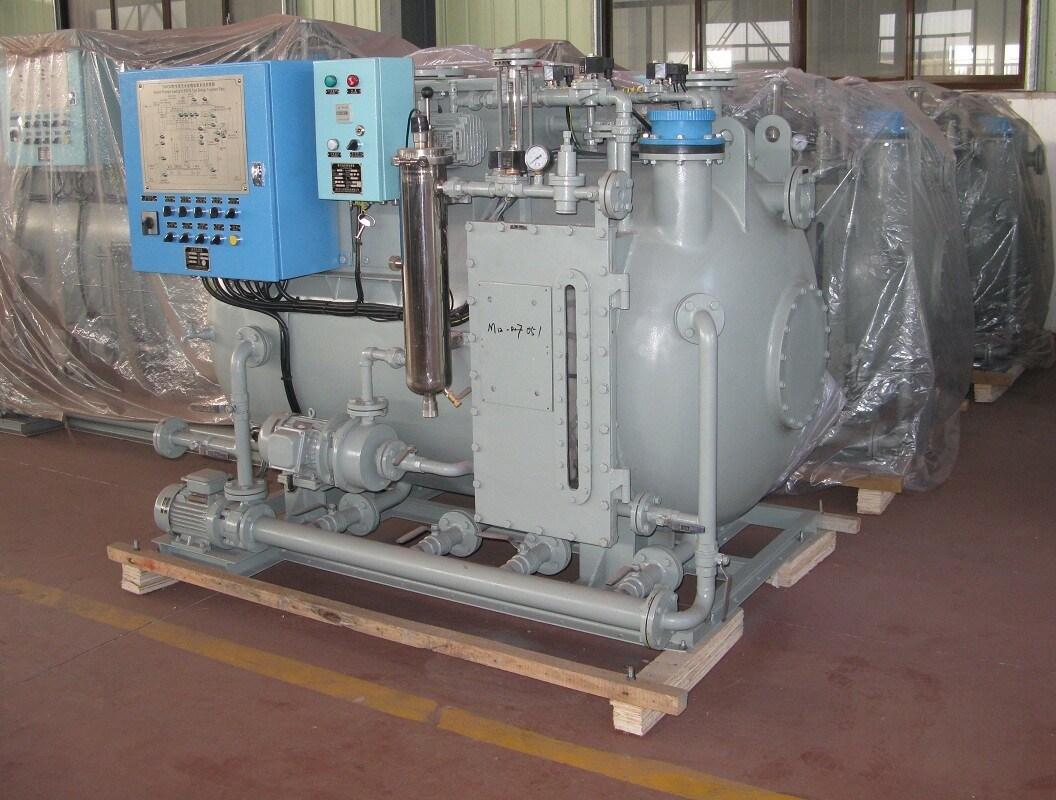
IACS Certificate Options: BV, CCS, NK, DNV, GL, IRS, ABS, LR, RMRS, RINA
.jpg)


